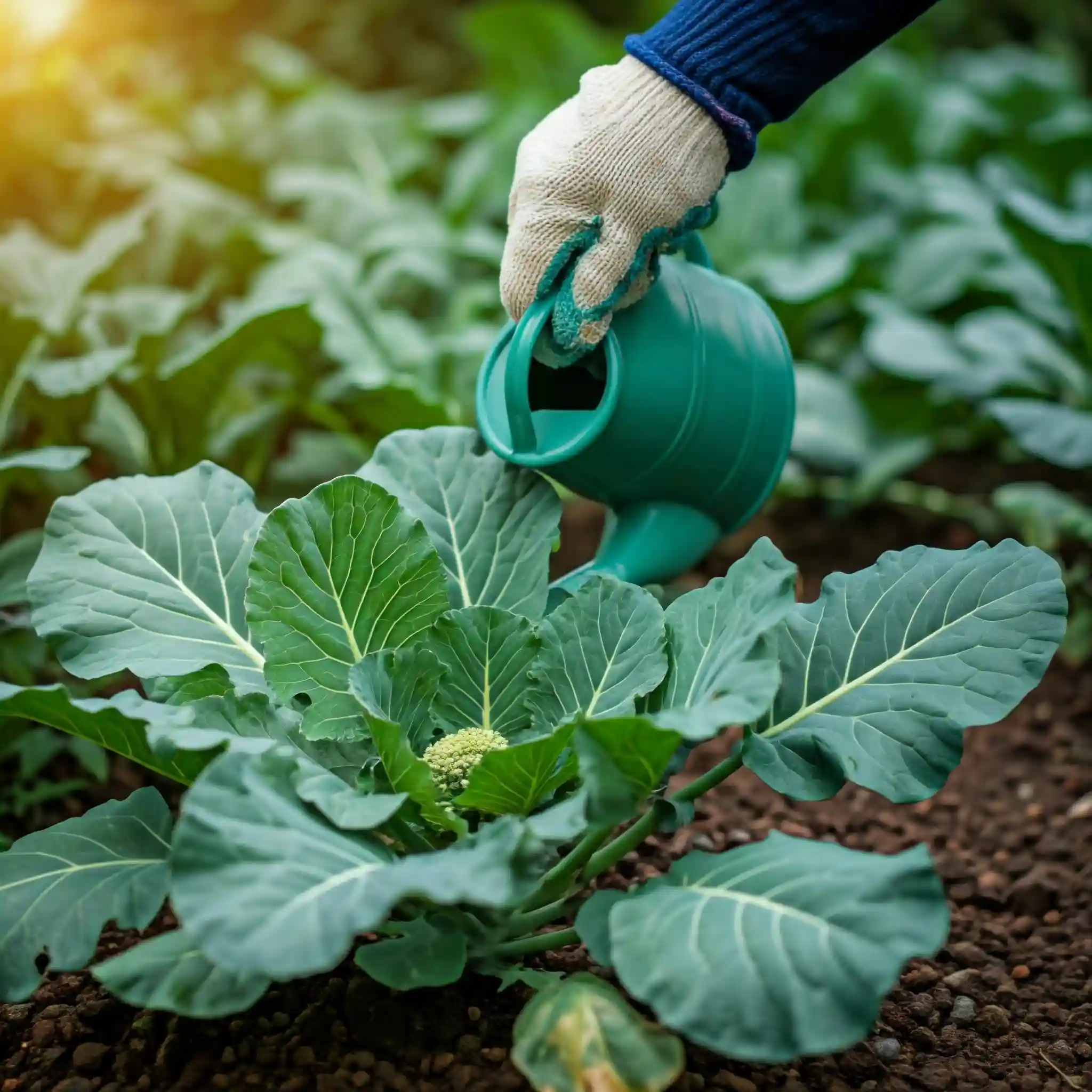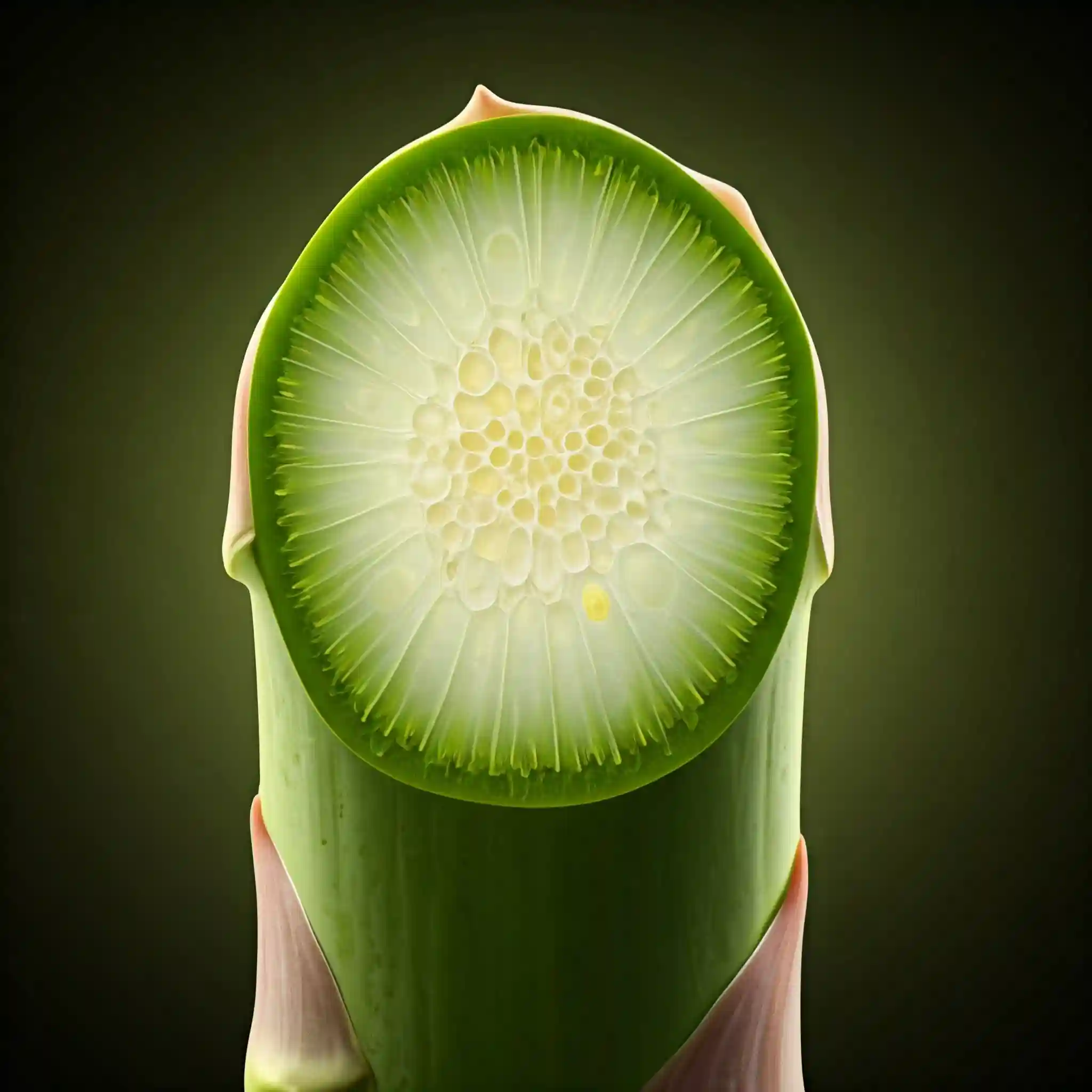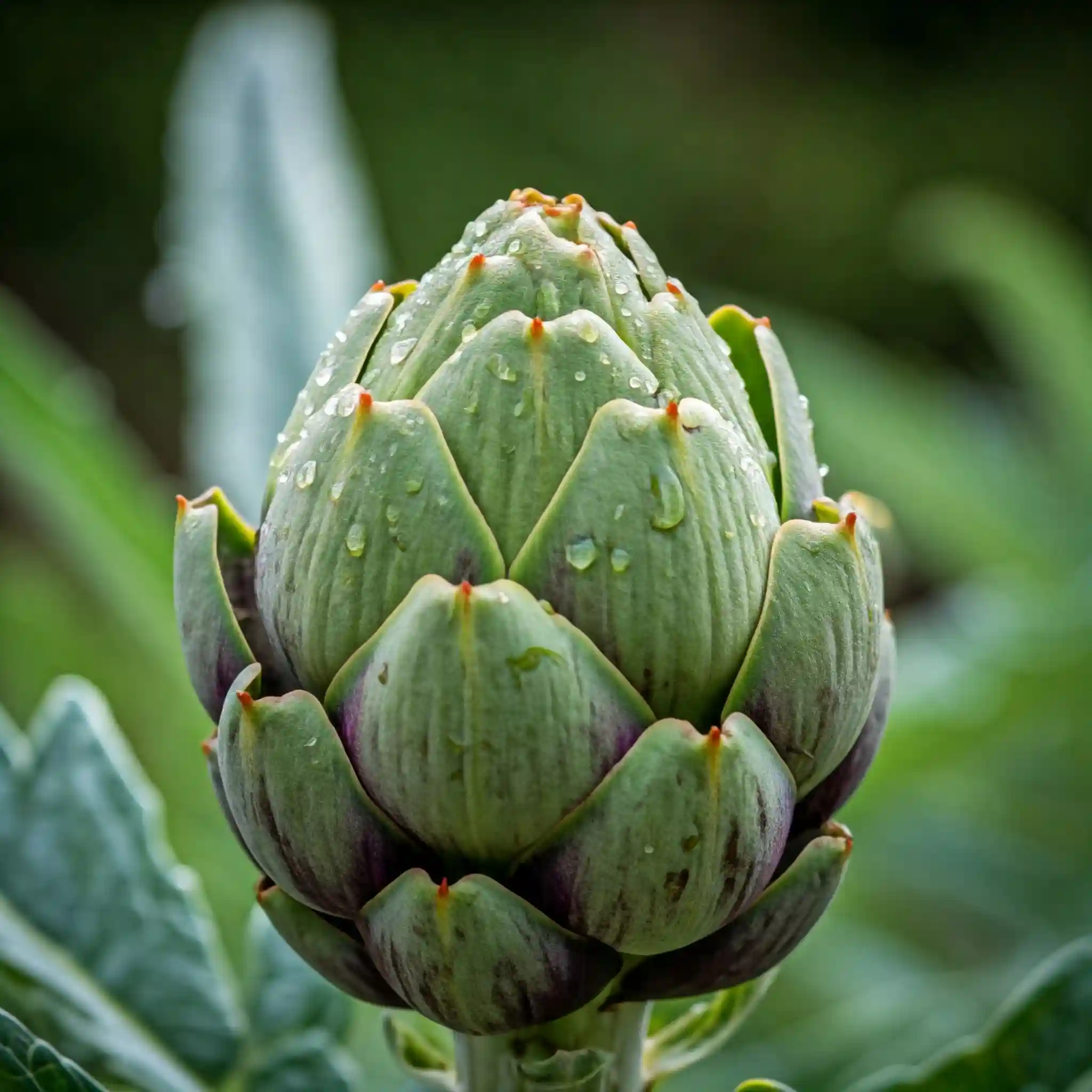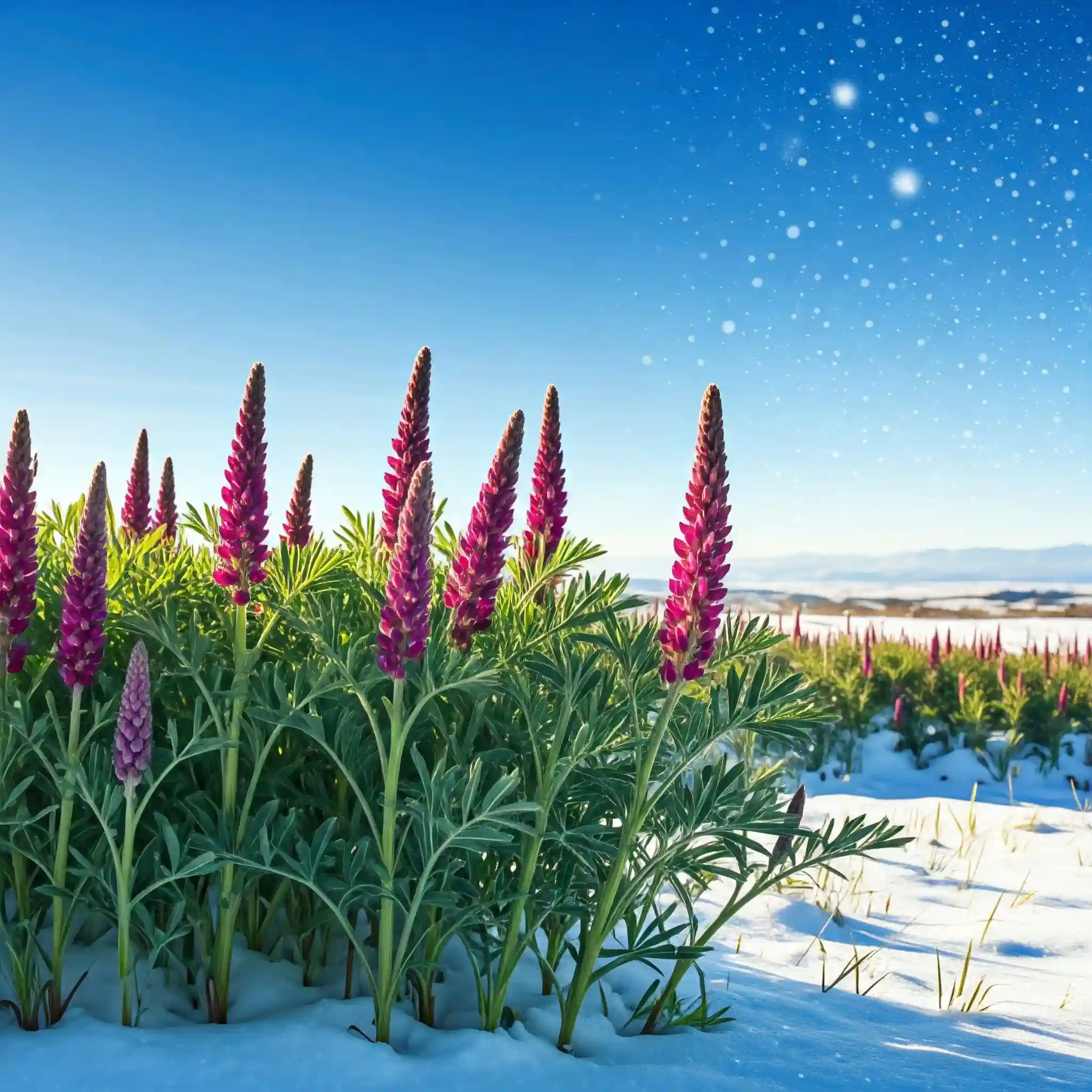Are you tired of struggling with lackluster plant growth and unhealthy soil? Do you want to create a thriving garden or landscape but don’t know where to start? Look no further! In this comprehensive guide, we’ll delve into the world of soil, exploring different types, where to buy it, and how to use it effectively.
Many gardeners and homeowners face challenges with their soil, leading to poor plant health and overall gardening frustration. The quality of your soil is crucial for the success of your plants. Poor soil can lead to nutrient deficiencies, waterlogging, or compaction, hindering growth and vitality. By understanding the different types of soil, where to purchase it, and how to use it properly, you can create a healthy and thriving garden or landscape.
Different Types of Soil
Soil is the foundation of any successful garden or landscape. It provides essential nutrients, water, and support for plants. Understanding the different types of soil is crucial for selecting the right one for your specific needs.
Potting Mix
Potting mix is a specialized blend of ingredients designed for container gardening. It typically contains a combination of peat moss, perlite, vermiculite, and other organic matter. Potting mix is well-draining and provides essential nutrients for plants grown in containers.
Garden Soil
Garden soil is a general-purpose soil that can be used for a variety of gardening purposes. It is typically a mixture of sand, silt, and clay, with varying levels of organic matter. Garden soil can be used for vegetable gardens, flower beds, and landscaping.
Topsoil
Topsoil is the top layer of soil, which is typically richer in organic matter and nutrients than the underlying layers. Topsoil is often used to improve the quality of existing soil or to create new garden beds.
Compost
Compost is a nutrient-rich organic material that can be added to soil to improve its structure, fertility, and water-holding capacity. Compost is created by decomposing organic matter, such as food scraps, yard waste, and leaves.
Other Types of Soil
In addition to the types of soil mentioned above, there are several other specialized types of soil available, including:
- Perlite: A lightweight, volcanic rock that improves soil drainage and aeration.
- Vermiculite: A mineral that helps retain moisture and nutrients in the soil.
- Coco coir: A sustainable alternative to peat moss that is derived from coconut husks.
Choosing the Right Soil
The best type of soil for your gardening needs will depend on several factors, including:
- Plant type: Different plants have specific soil requirements.
- Soil pH: The pH of the soil can affect the availability of nutrients to plants.
- Soil drainage: The drainage of the soil can impact plant growth and health.
Comparison of Different Soil Types
| Type of Soil | Characteristics | Uses |
| Potting Mix | Well-draining, nutrient-rich | Container gardening, indoor plants |
| Garden Soil | General-purpose soil, varying composition | Vegetable gardens, flower beds, landscaping |
| Topsoil | Rich in organic matter, nutrient-dense | Improving soil quality, creating new garden beds |
| Compost | Nutrient-rich organic material | Improving soil structure, fertility, and water-holding capacity |
| Perlite | Lightweight, volcanic rock | Improving drainage and aeration |
| Vermiculite | Mineral that retains moisture and nutrients | Improving soil structure and water-holding capacity |
| Coco Coir | Sustainable alternative to peat moss | Improving soil structure and water-holding capacity |
By understanding the different types of soil and their characteristics, you can choose the best option for your gardening needs and create a thriving garden.
Where to Buy Soil
Once you’ve determined the type of soil you need, the next step is to find a reliable source. There are several options available, each with its own advantages and disadvantages.
Local Gardening Centers
Local gardening centers are a great place to purchase soil and other gardening supplies. They often carry a wide variety of soil options, including specialized blends for specific plant types. Additionally, gardening center staff can provide valuable advice and recommendations.
Home Improvement Stores
Major home improvement stores, such as Home Depot and Lowe’s, also sell soil. While their selection may not be as extensive as a dedicated gardening center, they are convenient and often offer competitive prices.
Online Retailers
Online retailers like Amazon, eBay, and Etsy offer a vast selection of soil options, including bulk quantities and specialized blends. The convenience of online shopping makes it easy to purchase soil from the comfort of your home.
Bulk Soil Suppliers
If you need a large quantity of soil for a landscaping project or garden bed, consider contacting a bulk soil supplier. These companies can deliver soil directly to your location, saving you the hassle of transportation.
Factors to Consider When Choosing a Source
When selecting a source for your soil, consider the following factors:
- Quality: Look for soil that is high in organic matter and nutrients.
- Price: Compare prices from different sources to find the best deal.
- Convenience: Consider the location of the source and whether it offers delivery options.
- Customer reviews: Read reviews from other customers to get a sense of the quality and service provided by the source.
Comparison of Different Soil Sources
| Source | Advantages | Disadvantages |
| Local Gardening Centers | Wide selection, expert advice | May be more expensive |
| Home Improvement Stores | Convenient, competitive pricing | Limited selection |
| Online Retailers | Vast selection, convenience | May have shipping costs |
| Bulk Soil Suppliers | Cost-effective for large quantities | May require transportation |
By carefully considering these factors, you can choose the best source for your soil needs and ensure that you’re getting a quality product.
Factors to Consider When Buying Soil
Once you’ve determined the type of soil and where to purchase it, it’s important to consider several factors to ensure you’re getting a high-quality product.
Soil Quality
The quality of the soil is crucial for plant health and growth. Look for soil that is rich in organic matter and nutrients. Avoid soil that is compacted, waterlogged, or contaminated.
Soil pH
The pH of the soil measures its acidity or alkalinity. Different plants have specific pH requirements, so it’s important to choose a soil that is compatible with your plants. You can test the pH of your soil using a soil pH test kit.
Soil Texture
Soil texture refers to the relative proportions of sand, silt, and clay. The ideal soil texture for gardening is a loam, which is a balanced mixture of all three components.
Soil Amendments
Soil amendments can be added to improve the quality and fertility of your soil. Common amendments include:
- Compost: A nutrient-rich organic material that improves soil structure and water-holding capacity.
- Fertilizer: Provides essential nutrients to plants.
- Lime: Raises the pH of acidic soil.
- Gypsum: Improves soil structure and drainage.
Comparison of Different Soil Amendments
| Amendment | Benefits | Uses |
| Compost | Improves soil structure, fertility, and water-holding capacity | All types of gardening |
| Fertilizer | Provides essential nutrients to plants | Promoting plant growth and health |
| Lime | Raises soil pH | Acidic soils |
| Gypsum | Improves soil structure and drainage | Heavy clay soils |
By considering these factors and using appropriate soil amendments, you can create a healthy and productive garden environment.
How to Use Soil Effectively
Once you’ve purchased your soil, it’s time to use it effectively. Here are some tips for using soil in your garden:
- Prepare the soil: Before planting, prepare the soil by removing weeds, rocks, and debris. Till the soil to a depth of 6-8 inches to improve drainage and aeration.
- Add amendments: Incorporate compost, fertilizer, or other amendments as needed to improve soil fertility.
- Plant your plants: Carefully plant your seedlings or plants at the appropriate depth and spacing.
- Water regularly: Ensure that the soil is adequately moist but not waterlogged.
- Mulch: Apply mulch around your plants to help retain moisture, suppress weeds, and protect the soil from erosion.
Tips for Storing Soil
If you have leftover soil, it’s important to store it properly to maintain its quality. Here are some tips:
- Store in a dry, cool location: Avoid storing soil in areas that are damp or exposed to extreme temperatures.
- Keep the container sealed: Store soil in a sealed container to prevent moisture loss and contamination.
- Use within a year: Soil can deteriorate over time, so it’s best to use it within a year of purchase.
By following these tips, you can ensure that your soil remains fresh and effective.
Conclusion
Choosing the right soil is essential for creating a thriving garden. By understanding the different types of soil, where to buy it, and how to use it effectively, you can set yourself up for success. Remember to consider factors such as soil quality, pH, texture, and amendments to ensure your plants receive the optimal growing conditions.




